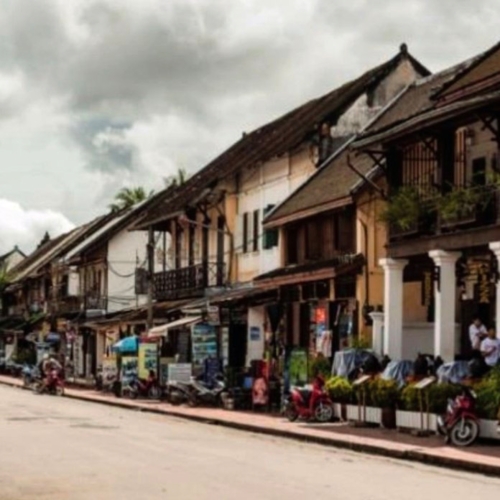Research & Article

The Evaluation of Vernacular Architecture’s Value in an Old Town
By Chinasak Tandikul, Wirut Thinnakorn, Vira Inpuntung
Published on 26 May 2024
Location of original sources
NAJUA: Architecture, Design and Built Environment, 35(1), B19-B34.
An old town or historic area is invaluable cultural heritage with vernacular architecture which significantly shapes architectural history. This study aims to establish criteria for assessing the value of vernacular architecture in Thailand by focusing on historic districts as the area of study, and to appreciate the value of the architecture as mentioned. The research method is developed by working on theories and concepts of cultural heritage, old towns, vernacular architecture, and the evaluation criteria of an international organization which is the UNESCO and those of national institutions, namely the Fine Arts Department and the Association of Siamese Architects in order to analyze and lay down the criteria specifically for vernacular architecture evaluation for old towns to correspond with vernacular architecture and cultural heritage conceptions.
The study reveals that although the UNESCO has extended the boundary of the heritage conservation area to cover vernacular architecture, this category is still neglected in Thailand because the Fine Arts Department continues to apply its criteria for listed buildings and focus on restoring architecture with profoundly historical and archaeological value, notable religious places and buildings of the authority by mainly preserving the original form and authenticity. Moreover, the law mechanism for conserving and enlisting historic sites is complicated. All of these contradict present-day conservation concepts of which value is not limited to ancient places or only physical appearance but includes other principal aspects. The analysis and benchmark of cultural heritage value and the criteria of the organizations involved leads to the recommended evaluation criteria for vernacular architecture in old towns, which consist of four features: aesthetics, history, technology and education, and society. It is believed that these criteria are proper and relevant to today’s conservation perceptions.